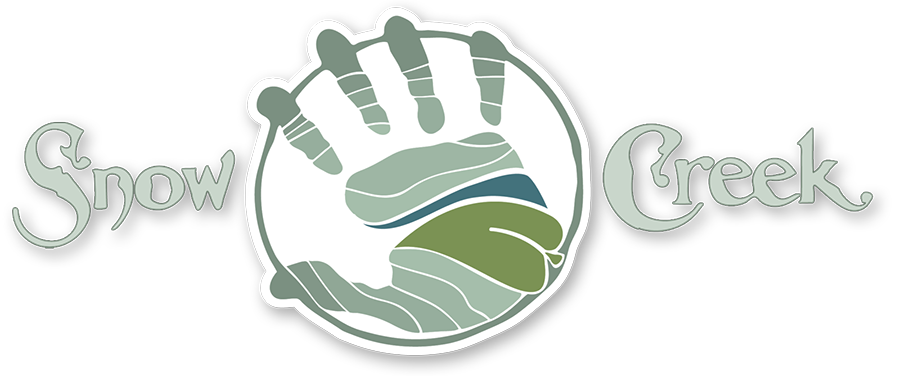Big Bluestem – Andropogon gerardii
Alternate Names – Bluejoint beardgrass, poptillo gigante, turkeyfoot.
Uses
Conservation: Big bluestem is the dominant grass species of the Midwestern tallgrass prairie. It is mixed with other native prairie species for prairie restoration and highway revegetation. While it does best in moist soils, it can be used for mine reclamation, logging road restoration and other restoration areas that have sandy or droughty conditions.
Erosion control: Big bluestem is planted to stabilize soil. Rhizomes are typically 1 to 2 inches below the soil surface, while the main roots can extend downward to 10 feet.
Big bluestem is also planted to provide above ground protection against wind erosion. It is used for road cuts, pipelines, detention basin slopes, and areas that need temporary cover during the restoration process.
Ethnobotanic: Chippewa Indians used the root of big bluestem as a diuretic and to alleviate stomach pains. Extracts of the leaf blades were used as a wash for fevers or as an analgesic. The plants were also used to fasten the support poles of dwellings. Moist grass was laid on hot stones to prevent steam from escaping during cooking. It was also used to cover fruit during ripening and under fruit while drying.
Forage: Big bluestem is a high quality forage species for all classes of livestock. Crude protein content of 16-18% is maintained from May through August but drops below 6% in September and October. It is often cultivated as a pasture grass and for hay-making.
Landscaping: Big bluestem is used in wildflower meadows and prairie plantings. It is also effective as a rear border or accent in native plant gardens.
Wildlife: Big bluestem provides shelter for nesting birds and insects. Songbirds and prairie chickens consume the seeds while white-tailed deer and bison graze vegetative parts.
Description
General: Grass Family (Poaceae). Big bluestem is a perennial warm-season grass. It can be distinguished from other warm-season grasses by blue coloration at the base of the culm and purplish, 3-parted flower clusters that resemble a turkey’s foot. The culms are erect, up to 3 m tall, stout, and are usually covered with a blue-tinted waxy layer. Leaf blades are flat, 15-60 cm long, 0.5-1 cm wide, smooth below and rough above. The inflorescence is typically composed of three spike-like racemes, but can have as many as seven. The racemes bear paired spikelets that are about 1 cm long. Flowering takes place July through October. The foliage changes color seasonally, and culms stay erect through the winter.
Distribution: Big bluestem is native to the United States. It occurs in southern Canada, from Maine to Montana, south to Florida and New Mexico and into Mexico. For current distribution, please consult the Plant Profile page for this species on the PLANTS Web site (http://plants.usda.gov).
Habitat: Big bluestem is found in open woods, prairies, meadows, along riverbanks, and roadsides. It is especially abundant in lowland prairies, overflow sites, and sandy areas.
Adaptation
The USDA hardiness zones for big bluestem are 4 to 9. It is best adapted to moist, sandy or clay loams but also occurs in dry or shallow soils. It does well in full sun or partial shade. Prairie conditions, like low nutrient and moisture content, have conditioned big bluestem for use in well-drained soil with low fertility. It is not tolerant of heavy clays, extremely wet bottomlands, deep sands, high salinity, or high lime.
Big bluestem is generally shorter in the northern portion of its range, and taller in the southern portion of its range. It is a rhizomatous, sod-forming grass in the tallgrass prairie and has a bunchgrass appearance in more arid regions.
Source: https://plants.usda.gov/plantguide/pdf/pg_ange.pdf
Photo: By Matt Lavin from Bozeman, Montana, USA via Wikimedia Commons


